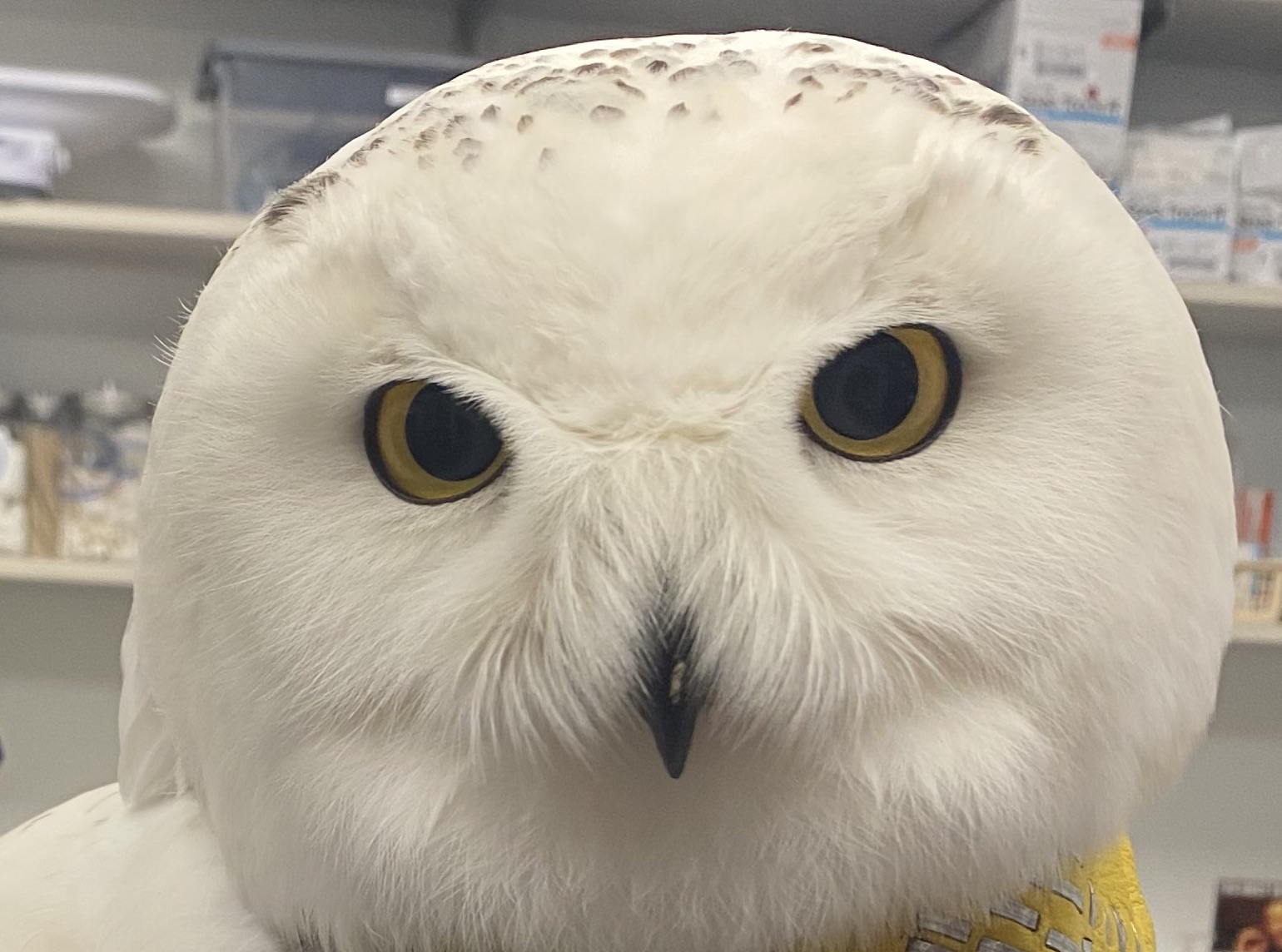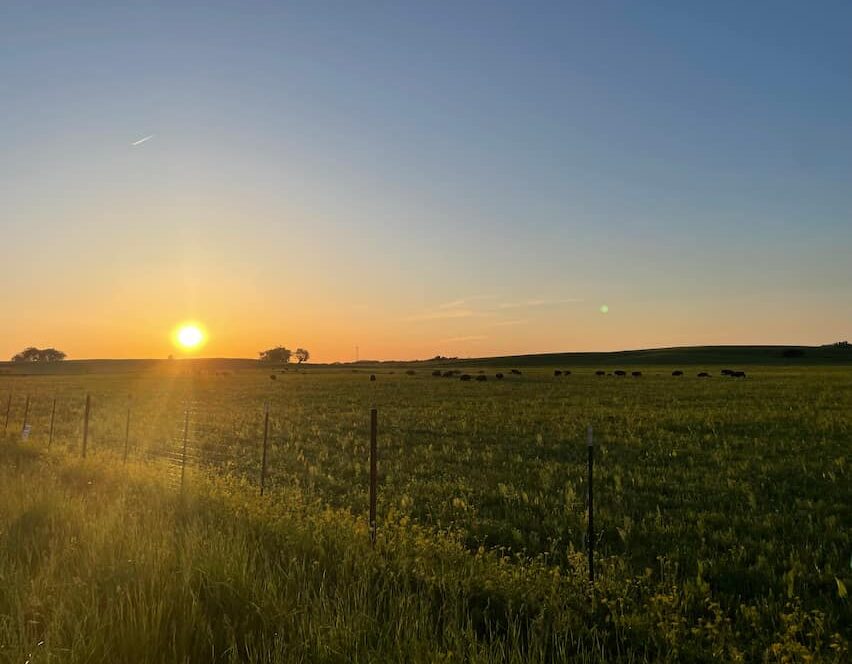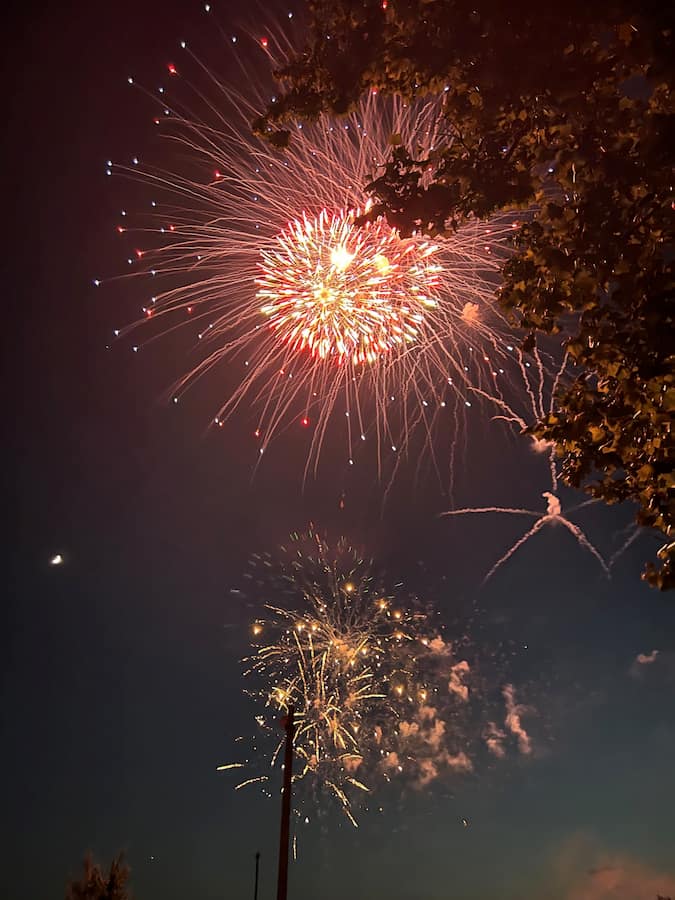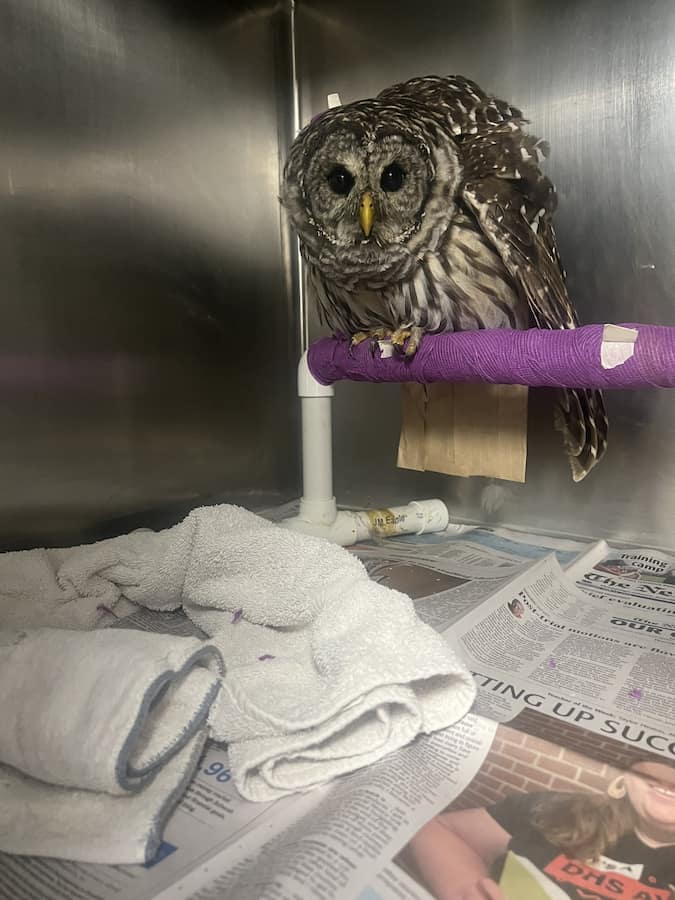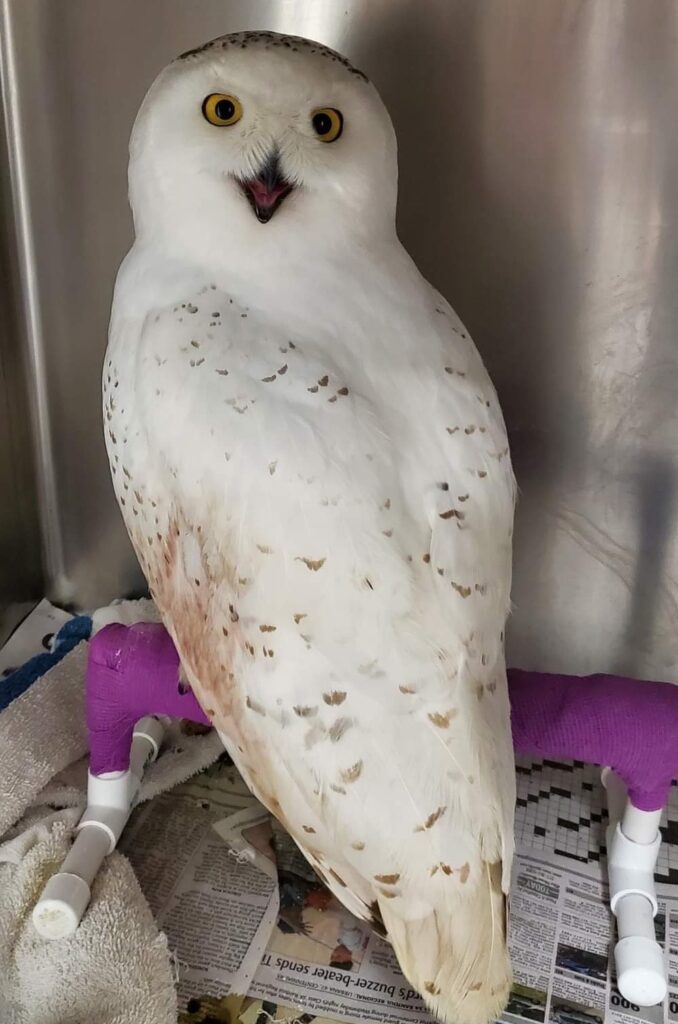
As winter creeps in, bringing its brisk winds and snowy skies, this feature is about one animal who does not mind these chills! The snowy owl (Bubo scandiacus) which is an Arctic species that periodically may be seen in Illinois during the winter months. Their characteristic white feathers and dark flecks are perfect in camouflaging this bird in the white winter snow. With a close eye or maybe some binoculars to help, you might be lucky enough to spot a snowy owl this winter. This species migrates south from the Arctic, coming as far as central Illinois in search of food. While they do not have consistent migration patterns like many other species of bird in Illinois, the snowy owl movements can be described as irruptions. This occurs after an increase in food availability causes an increase in breeding, and thus population growth. As their population increases, owls must fly longer distances in search of available food in less crowded hunting grounds.
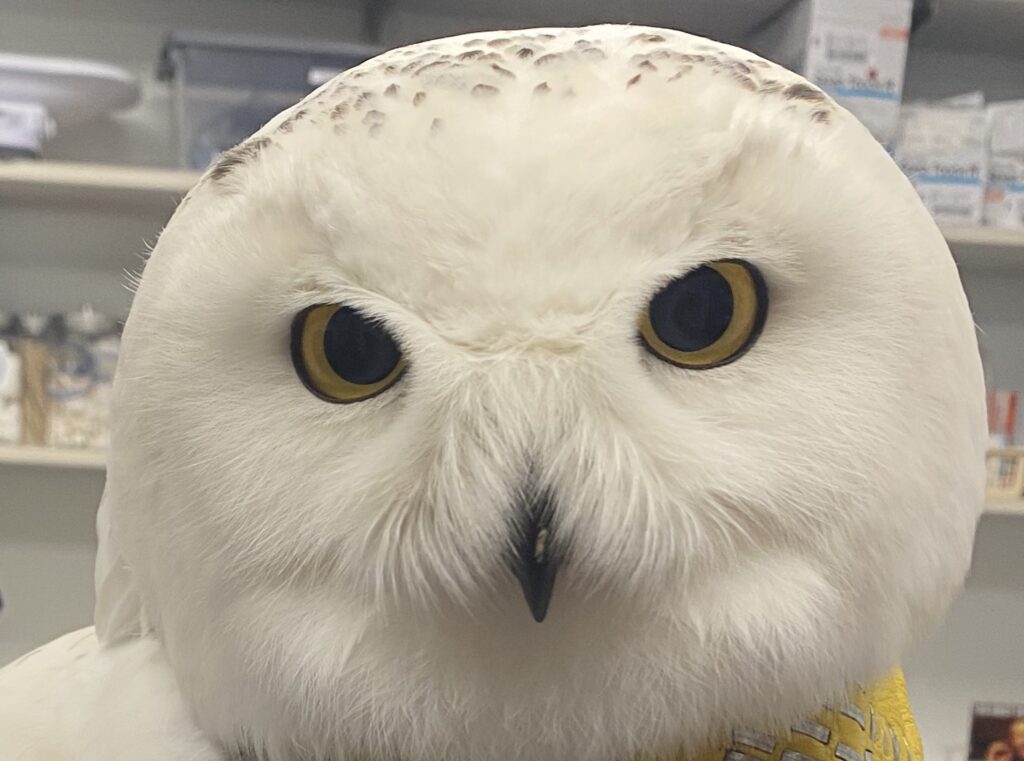
Now you might be wondering how you can best increase your chances of spotting one of these mysterious winter owls! They are often found in prairies, fields, or lake edges where they can easily spot their prey running across the snow-covered ground. While they typically feed on small prey such as lemmings and voles, they will not turn down larger prey such as ducks and artic hare. Snowy owls are a diurnal species, meaning they are active during daylight hours, which will help increase your chances of seeing one. In Illinois, we get an occasional visitor near the Champaign-Urbana area, but they are more common closer to Lake Michigan by Montrose Harbor.
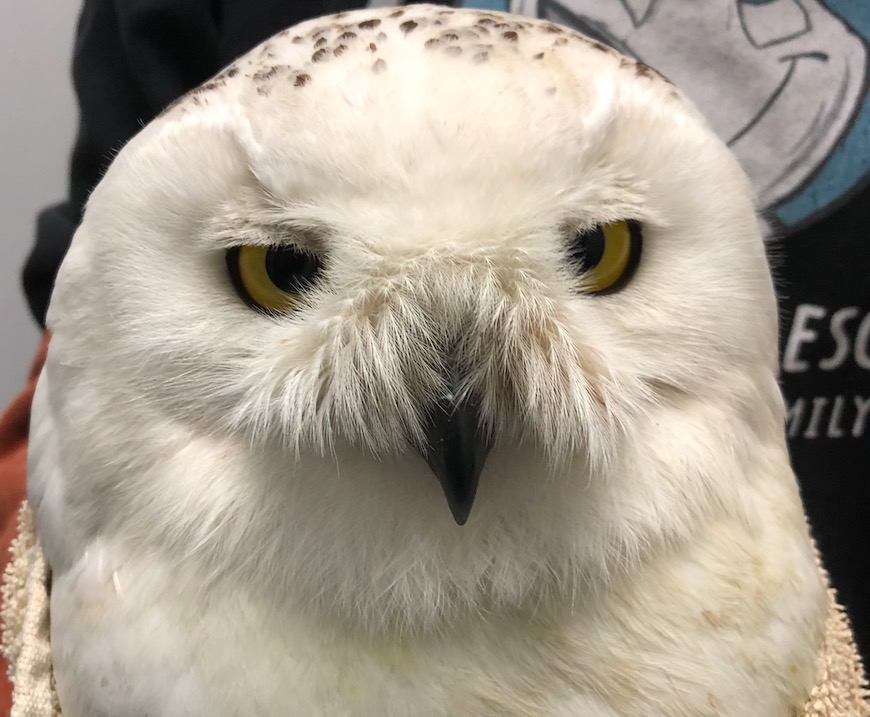
The Wildlife Medical Clinic has had the privilege of aiding in the care and rehabilitation of these mighty owls the past two winters! While they are a magnificent sight to see, we are grateful for all the unique Illinois wildlife that makes their way into our areas seasonally. Keep your eyes peeled! The snowy owl does not stay long before making its way back to the Arctic to nest before spring comes.
Written by Ellie Petree, class of 2024.

